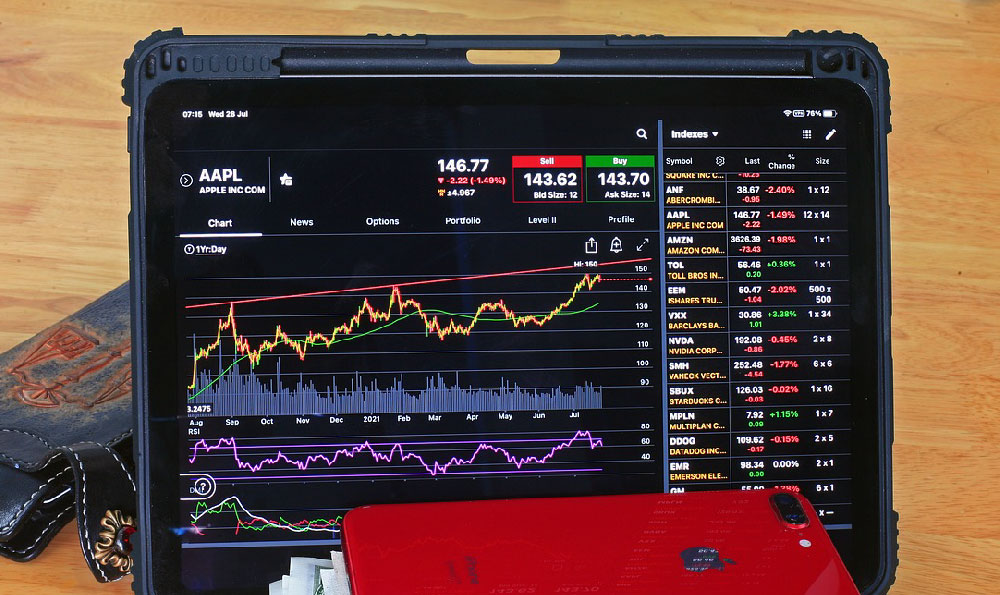How to Earn Money Mining Bitcoin in 2023

In the ever-evolving landscape of cryptocurrency, bitcoin mining remains a compelling yet complex avenue for generating returns. As of 2023, the process has become increasingly specialized, requiring a nuanced understanding of both technological and financial considerations. While the allure of earning money through mining is undeniable, it demands careful evaluation of risks, costs, and market conditions to determine its viability. For those considering this path, it's essential to approach it with a strategic mindset, balancing potential rewards against the realities of operational challenges.
Bitcoin mining involves using computational power to validate transactions on the blockchain network and, in return, earning newly minted bitcoins as block rewards. However, this process is far more intricate than it appears on the surface. The hardware used must be capable of processing the ever-growing complexity of cryptographic puzzles, which have become exponentially harder over time. Modern mining operations rely on Application-Specific Integrated Circuits (ASICs), which are designed to maximize efficiency in cracking these puzzles. The latest ASIC models boast higher hash rates and improved energy consumption ratios, but their acquisition and maintenance involve substantial upfront investment. The cost of a high-performance ASIC can range from several thousand to tens of thousands of dollars, and users must account for ongoing expenses such as electricity, cooling, and potential hardware degradation over time.
Electricity costs represent one of the most critical factors in mining profitability. In regions where electricity rates are high, such as parts of the United States or Western Europe, the financial viability of mining diminishes significantly. Conversely, countries with cheaper and more reliable energy sources, like Canada or certain regions in Asia, may offer better conditions for miners. However, even with favorable electricity pricing, miners must navigate the volatile nature of bitcoin's price. The cryptocurrency market is known for its rapid fluctuations, which can render a mining operation unprofitable during periods of low prices despite consistent hashing power and energy efficiency.

Mining pools have emerged as a vital component of modern mining strategies. By aggregating the computational resources of multiple miners, pools distribute block rewards more evenly, reducing the variance associated with solo mining. The choice of a mining pool involves evaluating factors such as fees, payout structures, and network reliability. Some pools charge a percentage of the mined rewards as a fee, while others implement more complex algorithms for profit sharing. Additionally, miners must consider the implications of environmental and ethical concerns surrounding the energy consumption of mining operations, particularly in the context of global sustainability goals and regulatory scrutiny.
The economic model of bitcoin is another aspect that influences mining profitability. The halving events, which occur approximately every four years, reduce the block reward by half, thereby impacting the income generated from mining. The 2023 halving event marked a significant shift, as the reward for mining a block dropped from 6.25 to 3.125 bitcoins. This development has sparked debates about the long-term sustainability of mining as a profitable venture, with some analysts suggesting that it may lead to a natural equilibrium between mining costs and rewards. The difficulty of mining also rises as more participants join the network, necessitating continuous upgrades to hardware or shifts in operational strategies to maintain competitiveness.
For those who are not inclined to invest in physical mining equipment, alternative approaches such as cloud mining and managed mining services have gained traction. These options allow individuals to rent mining capacity from providers who handle the technical infrastructure, potentially reducing the barriers to entry. However, they introduce their own set of risks, including the possibility of fraud, lack of transparency, and suboptimal returns due to inefficiencies in the management of remote mining operations. Prospective miners should conduct thorough due diligence before committing to such services, ensuring that they align with their investment objectives and risk tolerance.
Beyond the technical and financial aspects, miners must remain vigilant about regulatory changes and security threats. Government policies regarding cryptocurrency vary widely across jurisdictions, and shifts in legislation can significantly impact the legality and profitability of mining activities. Additionally, cybersecurity remains a critical concern, as mining operations are susceptible to hacking, malware, and other forms of cyber threats. Implementing robust security measures, such as firewalls, encryption, and secure storage solutions, is imperative to safeguarding the investment.
While mining can be a lucrative endeavor for those with the necessary resources and expertise, it's not without its challenges. The industry is characterized by intense competition, rapid technological advancements, and regulatory uncertainty. For individuals entering the market, a comprehensive approach that includes education, risk assessment, and diversification is essential. Understanding the broader context of cryptocurrency markets, including trends in adoption, technological innovation, and macroeconomic factors, can provide valuable insights into the potential outcomes of mining activities. Ultimately, the success of mining endeavors in 2023 depends on a careful balance between technical proficiency, financial prudence, and adaptability to market conditions.














